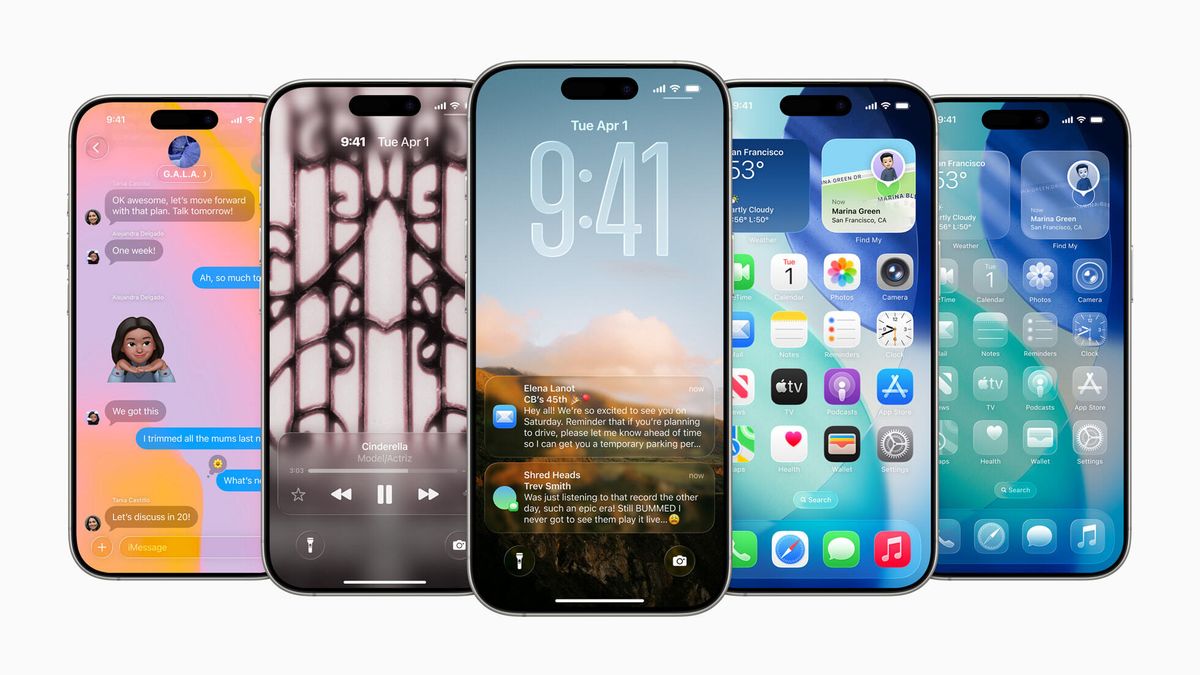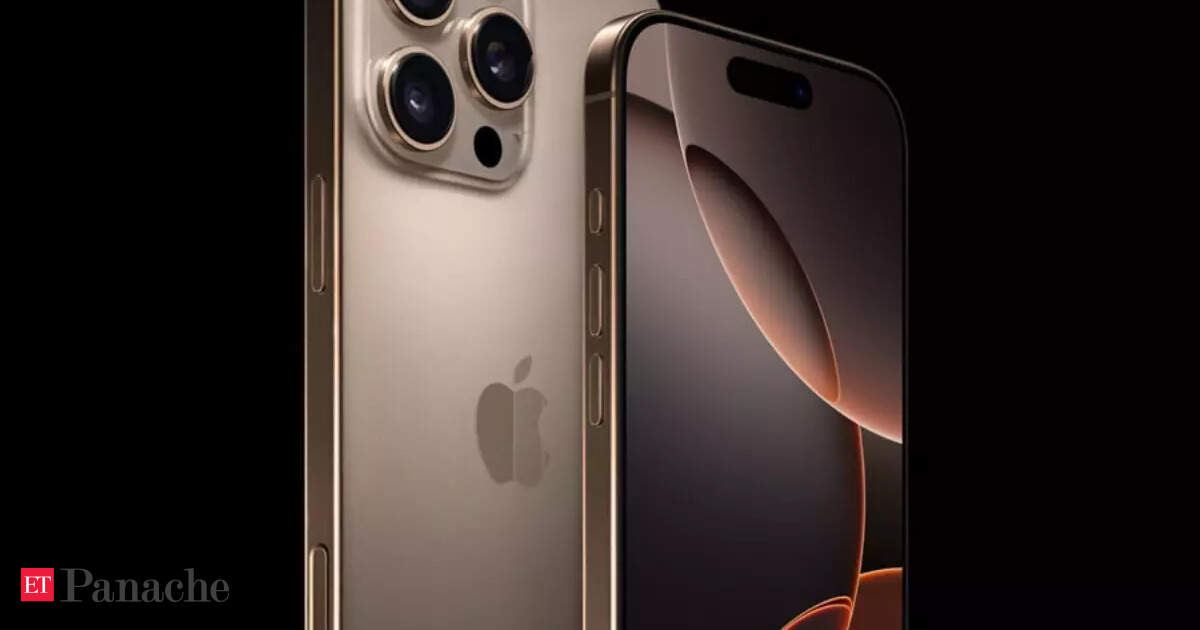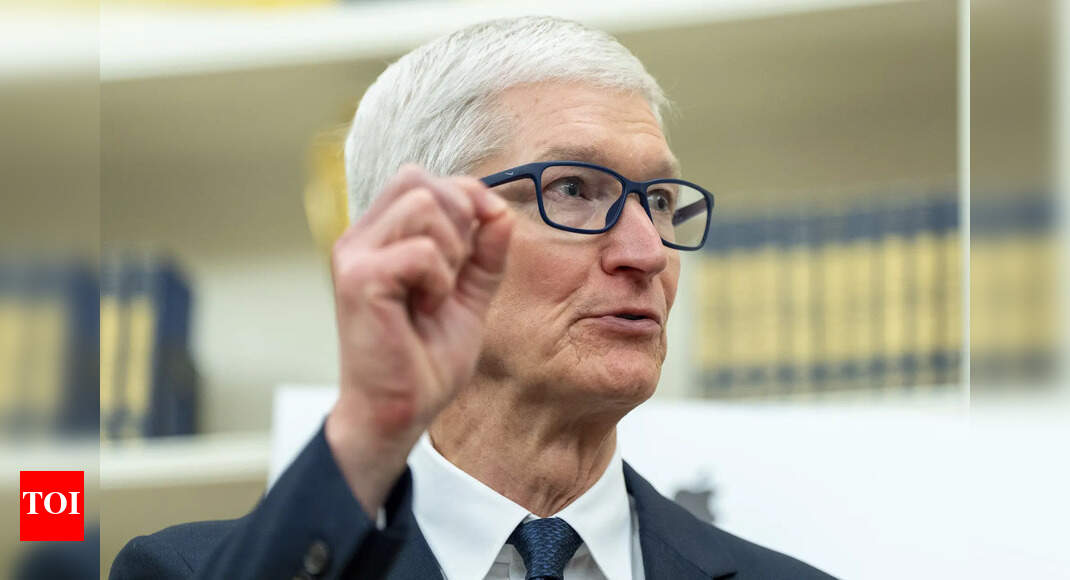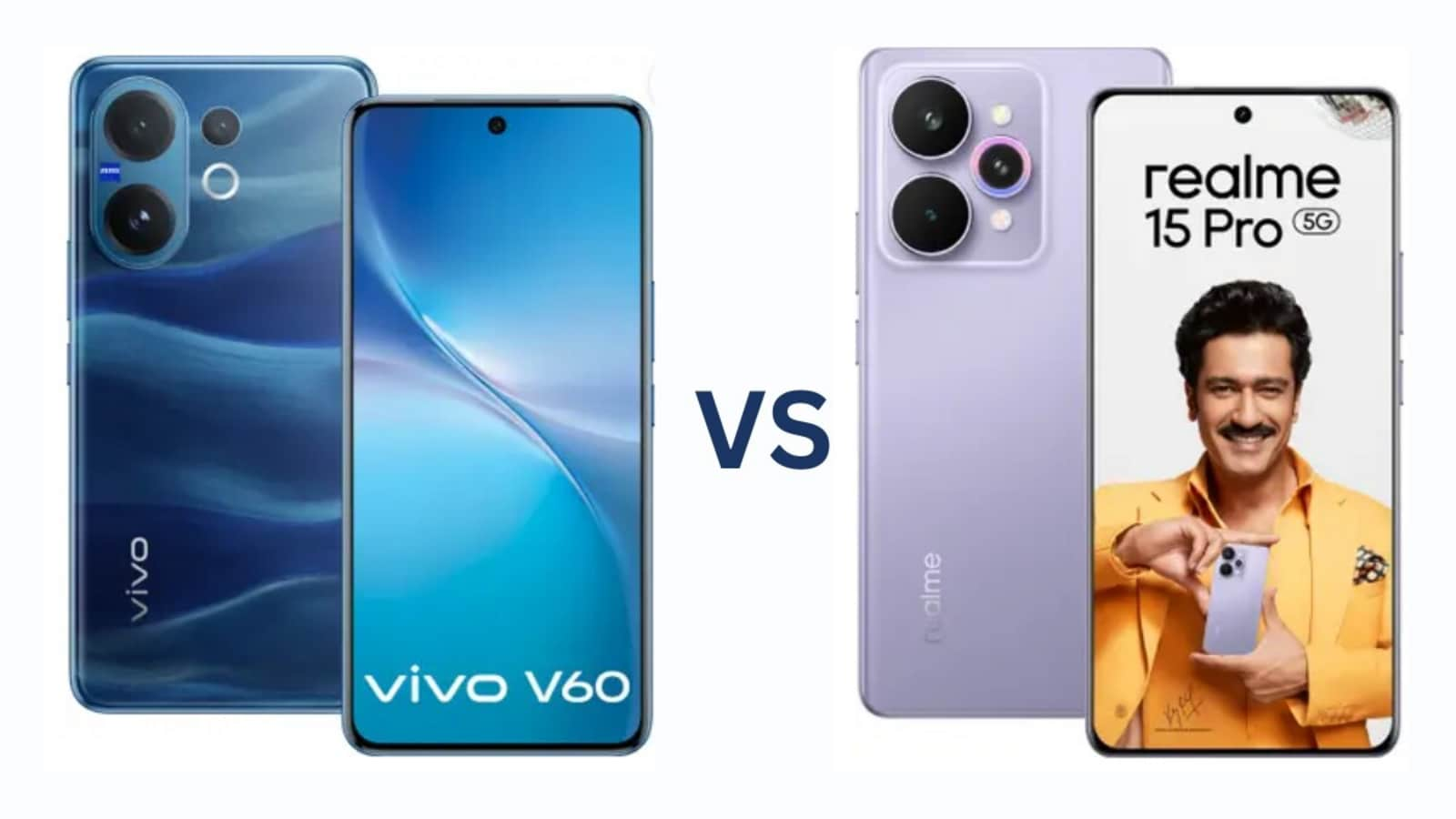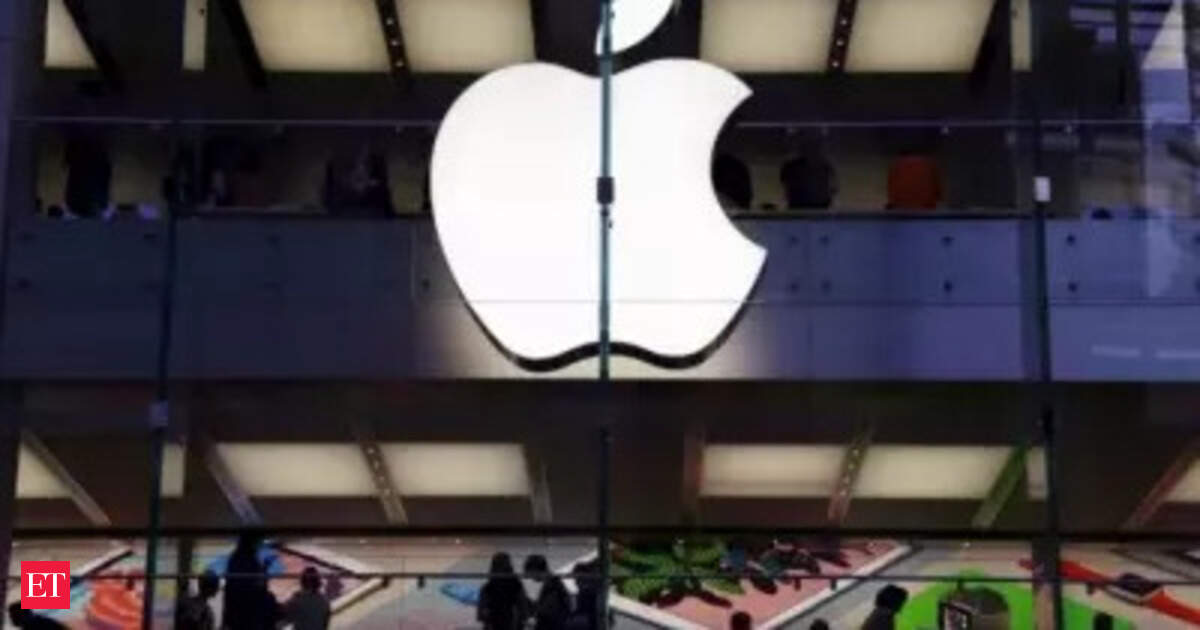Apple’s annual Worldwide Developers Conference has concluded with a mixed reception, as the tech giant’s latest design philosophy faces criticism whilst its artificial intelligence ambitions continue to underwhelm consumers and industry observers alike.
The Cupertino-based company unveiled its ambitious “Liquid Glass” interface across all major platforms, including iOS 26, macOS, iPadOS, watchOS, and VisionOS. The new design language, characterised by translucent panels, layered blur effects, and fluid depth elements inspired by the spatial design principles of Vision Pro, represents Apple’s boldest visual overhaul in years.
While Apple has already put out demo videos about the new features from iOS26, including a separate video about the Liquid Glass, many have drawn unflattering comparisons to Microsoft’s Windows Vista “Aero” interface, suggesting Apple’s latest design feels dated rather than innovative. The criticism has been particularly pointed on social media platforms, where users have questioned both the originality and practicality of the new approach.
Prominent technology reviewer Marques Brownlee, known professionally as MKBHD, expressed concerns about the interface’s impact on user experience, tweeting that he was “a bit concerned with readability”. This sentiment has been echoed across various online communities, with users raising practical concerns about notification visibility and overall text legibility.
One particularly vocal critic noted: “Not gonna lie, not really liking Apple’s ‘Liquid Glass’ design language in the 26 OSes. It already feels dated in its look, and has strong Windows Vista and Windows 7 vibes.” Another user questioned the fundamental usability, asking: “Does anyone know how I’m supposed to read my notifications with this new ‘Liquid Glass’ design?”
Not gonna lie, not really liking Apple’s “Liquid Glass” design language in the 26 OSes. It already feels dated in it’s look, and has strong Windows Vista and Windows 7 vibes.
Those corner rads are super soft too. pic.twitter.com/H5nk25Rhos
— Hami 👾 (@hami) June 9, 2025
Good morning from iOS 26. ☀️
Does anyone know how I’m supposed to read my notifications with this new “Liquid Glass” design? pic.twitter.com/cVn7T9eS6H
— Shawn (@ShawnOnTheRight) June 10, 2025
The controversy has spawned a wealth of internet memes, with social media users creating satirical content around the “Liquid Glass saga”, highlighting the disconnect between Apple’s design ambitions and user expectations.
Liquid glass pic.twitter.com/sNivGTABdK
— Ilya · イリア (@ilyamiskov) June 11, 2025
Users: we want better AI
Apple: pic.twitter.com/SORMAaaigk
— tweet davidson (@andykreed) June 9, 2025
Despite the interface backlash, Apple did announce several features other than Liquid Glass that have been well-received by developers and consumers. The company introduced real-time language translation capabilities across Messages, FaceTime, and phone calls, addressing a significant gap in its communication suite.
Additionally, the Photos app has received a layout refresh with new library and collections tabs, whilst the Messages app now supports polls, custom conversation backgrounds, and Apple Cash functionality within group chats.
However, the company continues to face criticism for its handling of Apple Intelligence features, which were prominently featured in the iPhone 16 series marketing campaign but failed to materialise at launch. Consumers have expressed disappointment with the slow rollout of promised AI capabilities, particularly as competitors such as Google and Samsung have made significant strides in artificial intelligence through platforms like Gemini.
The situation was further complicated by Apple’s research publication earlier in June, titled “The Illusion of Thinking: Understanding the Strengths and Limitations of Reasoning Models via the Lens of Problem Complexity”. The paper controversially characterised large language models as merely “pattern-matching machines” incapable of genuine reasoning.
Notably absent from this year’s conference were any substantial updates to Siri, Apple’s voice assistant, which has fallen behind competitors in terms of capability and user satisfaction. This omission has not gone unnoticed by industry observers, who view it as symptomatic of Apple’s broader challenges in the AI space.
Apple’s AI journey is unreal:
2010: Acquires Siri
2018: Poaches Google Head of AI
2022: Caught flatfooted by ChatGPT launch
2023-2024: Fumbles Apple Intelligence rollout (vapourware)
2025: Writes research paper calling AI reasoning models fake and just pattern-matching machines pic.twitter.com/LoeWBJJ7yY— Bearly AI (@bearlyai) June 8, 2025
apple is wasting so many developers’ entire careers on rendering beautiful glassmorphic squircles and not enough on rethinking all of human computer interaction in the context of AI https://t.co/b2pHazkjyu
— carmen (@carmguti) June 9, 2025

